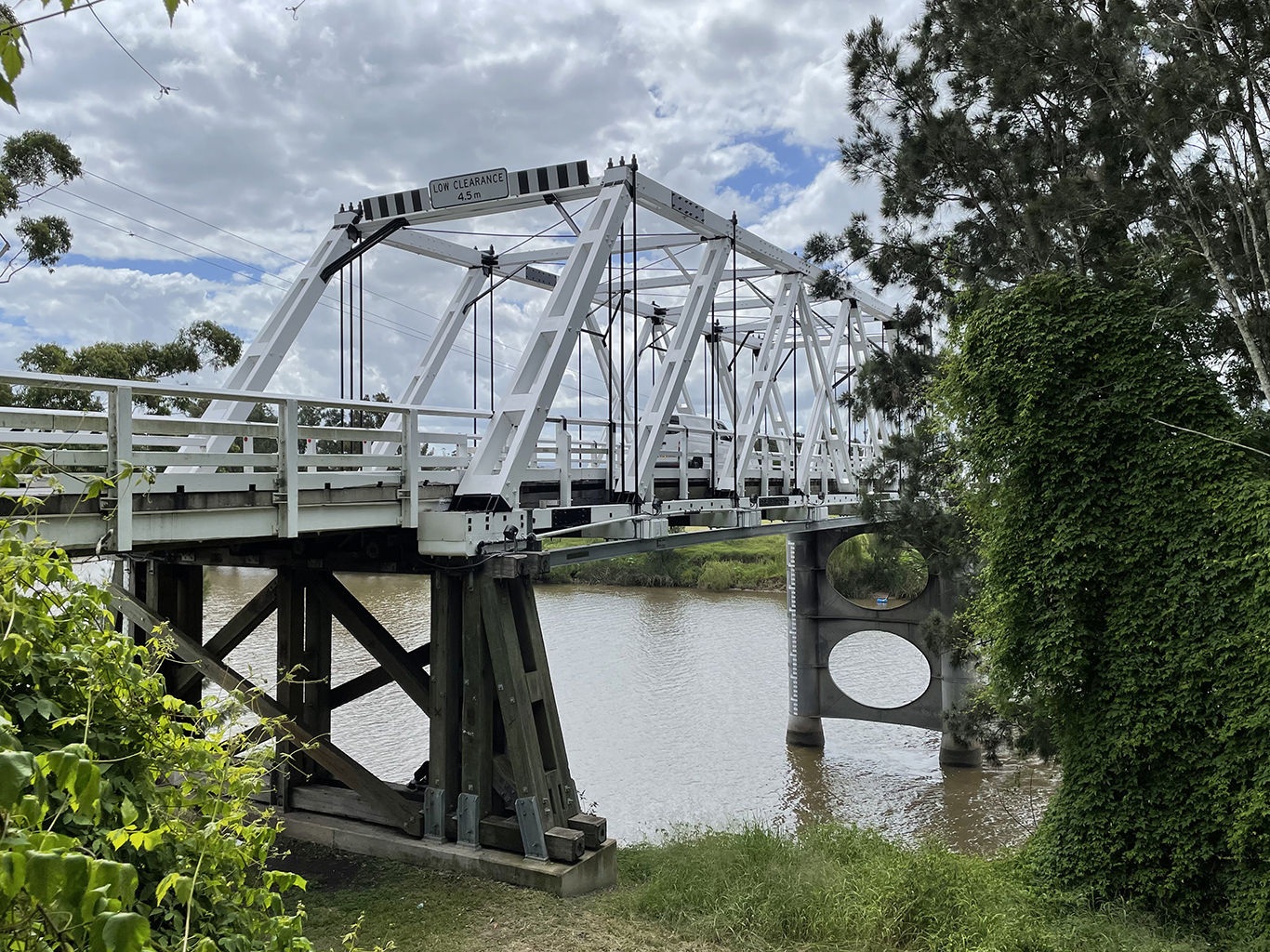
Maitland and Morpeth
Exploring the Lower Hunter Valley
Having missed the Archibald Portrait Prize when it was showing in Sydney, a friend suggested we check it out at the Regional Art Gallery in Maitland. As always keen for a road trip, but wanting to make the most of it, we did a bit more planning and ended up with a day out exploring the area around Maitland, with lunch by the river in the cute historic town of Morpeth.
Maitland
Maitland was once the second biggest town in NSW. Situated on the banks of the Hunter River on an extensive floodplain, the history of Maitland has impacted heavily by the highs and lows of the river. In James Street you can see the flood marker high on a telegraph pole showing the devastating water levels of the 1955 floods that took 11 lives.
After choosing our favourite portraits at the Maitland Regional Art Gallery we wandered around the town following one of the many historic walks that have been mapped out for visitors. More information on the walks is available from the Tourist Information Centre or online here. Some walks even have apps you can download to guide you along the way.
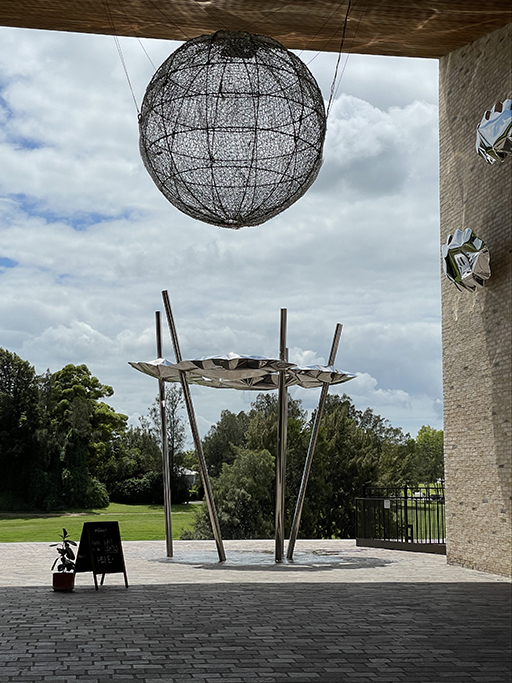
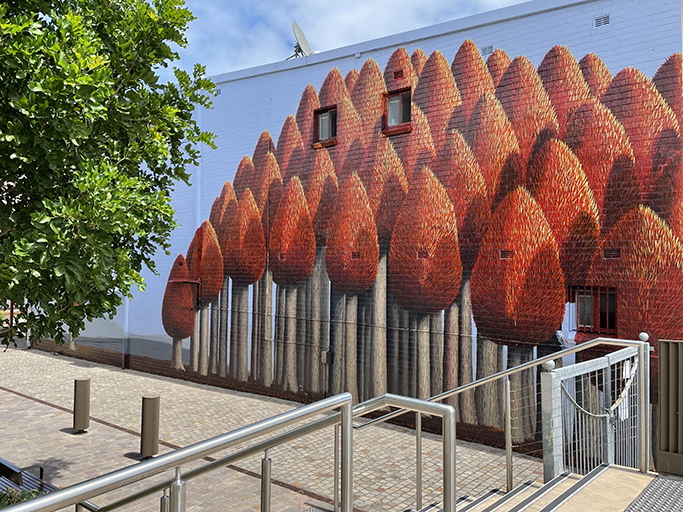
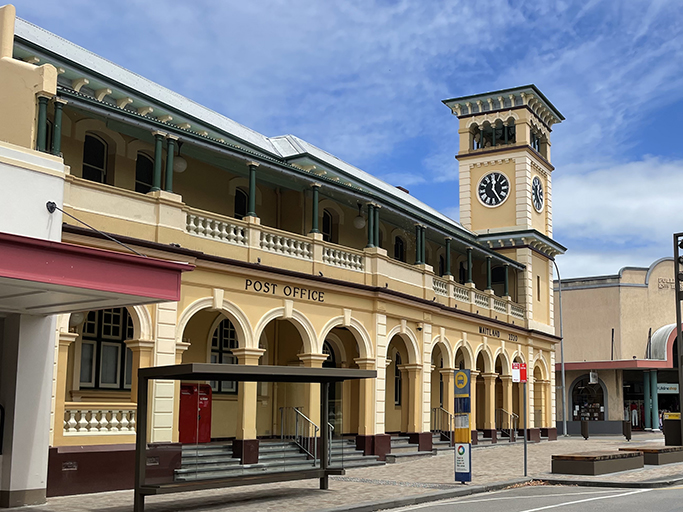
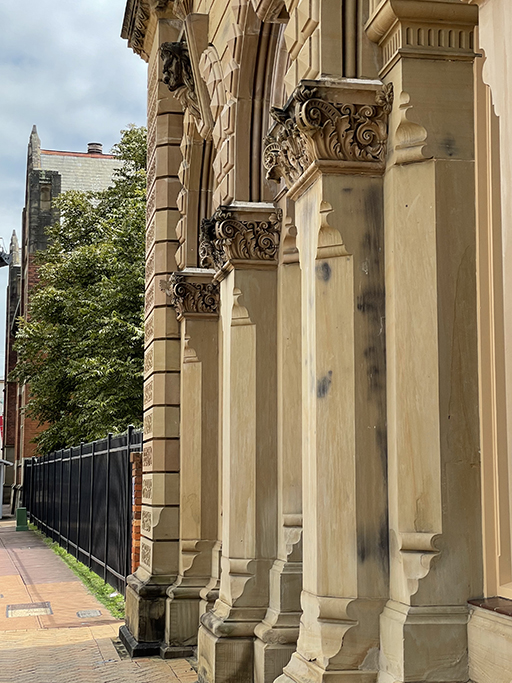
Our walk took us along the banks of the Hunter River, past the shops and cafés of the Leeve, as far as the Belmore Bridge. From here we turned back and headed down High Street, home to many historic sites and beautiful old buildings, for a different perspective on the town.
Lorn
Another lovely spot to explore is Lorn. On the eastern bank of the Hunter River, just over the Belmore Bridge, historic houses take pride of place in this leafy suburb. If you are a lover of old cottages, like me, then you will enjoy strolling the streets of Lorn to admire the houses and gardens.
Morpeth
Morpeth is nestled on the bank of the Hunter River and surrounded by picturesque farmland. Morpeth’s role as one of the most important river ports in New South Wales began in the 1820s. The development of Queens Wharf in 1833 opened the trade route with Sydney and the town soon became a major industrial and agricultural hub. The construction of the Great Northern Railway in 1857, bypassing Morpeth, meant that Newcastle developed as the regional port and Morpeth became less significant commercially. In 1862 the population of the town reached 1,830 and by 1866 there were ten hotels in the town, seems like a pretty good ratio to me! While no longer famous for its primary industry, the Morpeth of today continues to thrive with many visitors exploring the town each year.
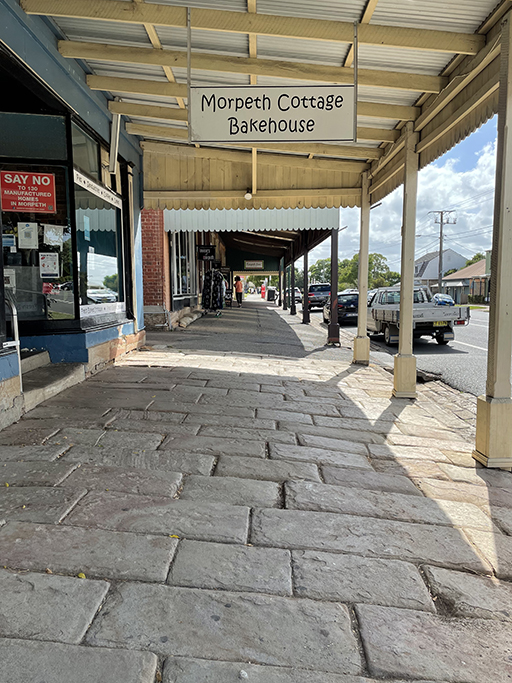
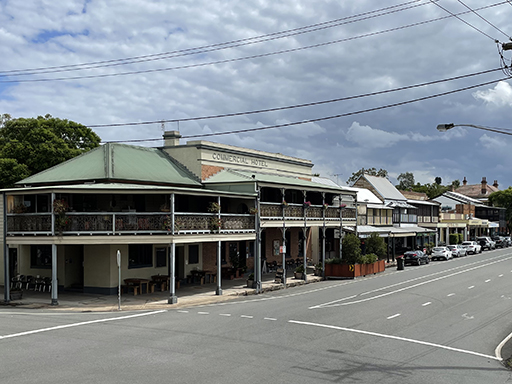
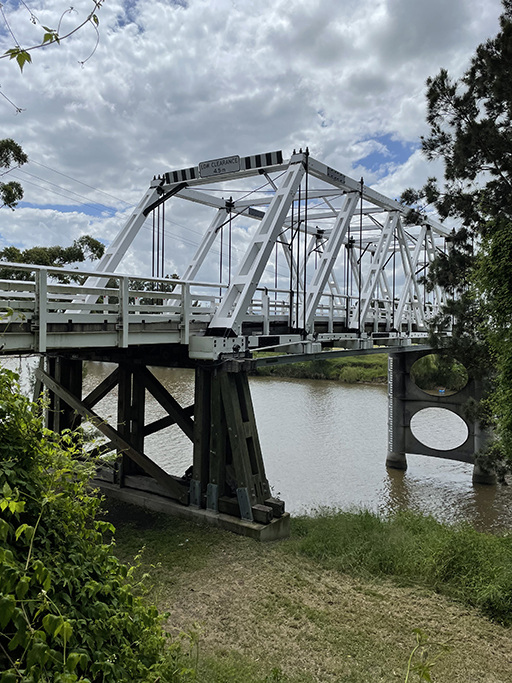
Driving over the historic Morpeth Bridge will bring you right to the heart of town at Swan Street. The honey-coloured stonework of the beautifully preserved buildings, cobbled stone pathways and sandstone kerbsides take you back in time. There is a lovely variety of shops, cafés, galleries and restaurants. It is easy to spend a day in this delightful town just mooching and soaking up the atmosphere.
In the 1840s Caleb Soul, of Soul-Pattison pharmaceuticals, manufactured talcum powder in Morpeth and William Arnott, later of Arnott’s biscuits, had a bakery in Swan Street.
After a relaxing lunch by the river we embarked on the Morpeth Historical Walk, taking in 25 places of interest. It is an easy flat walk along several blocks of Swan Street and High Street. You can download the map and brochure here to learn more about the significant historic sites of this beautifully preserved river port.
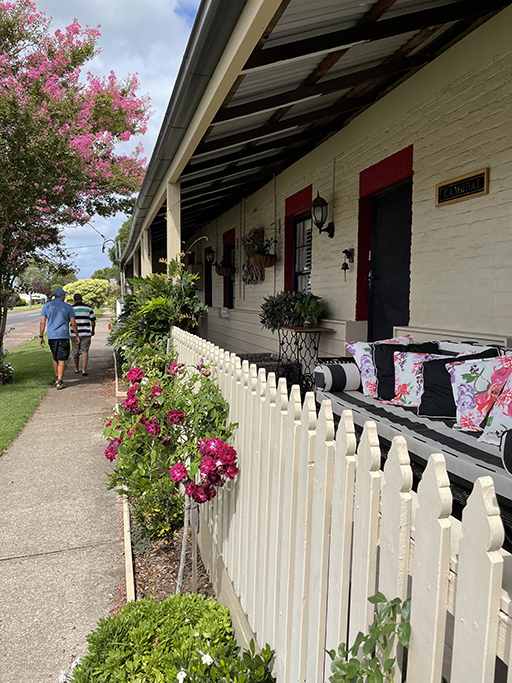
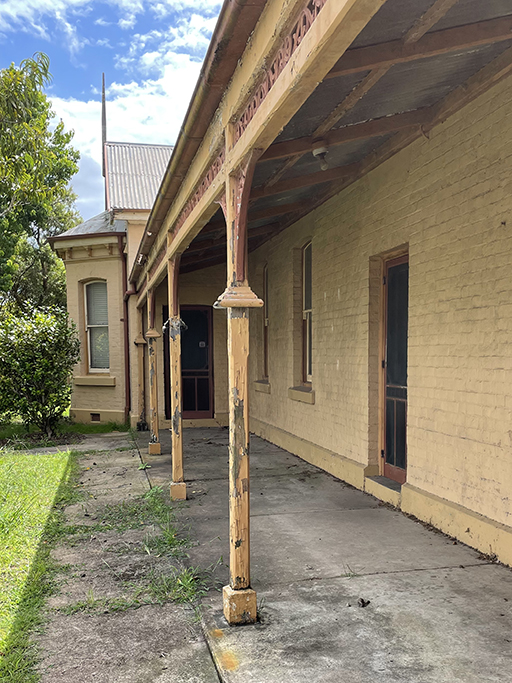
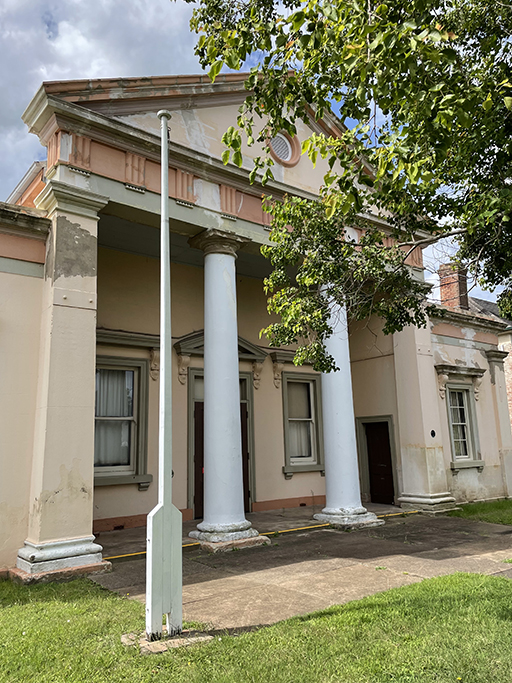
Dr Morses Indian Pills Shed
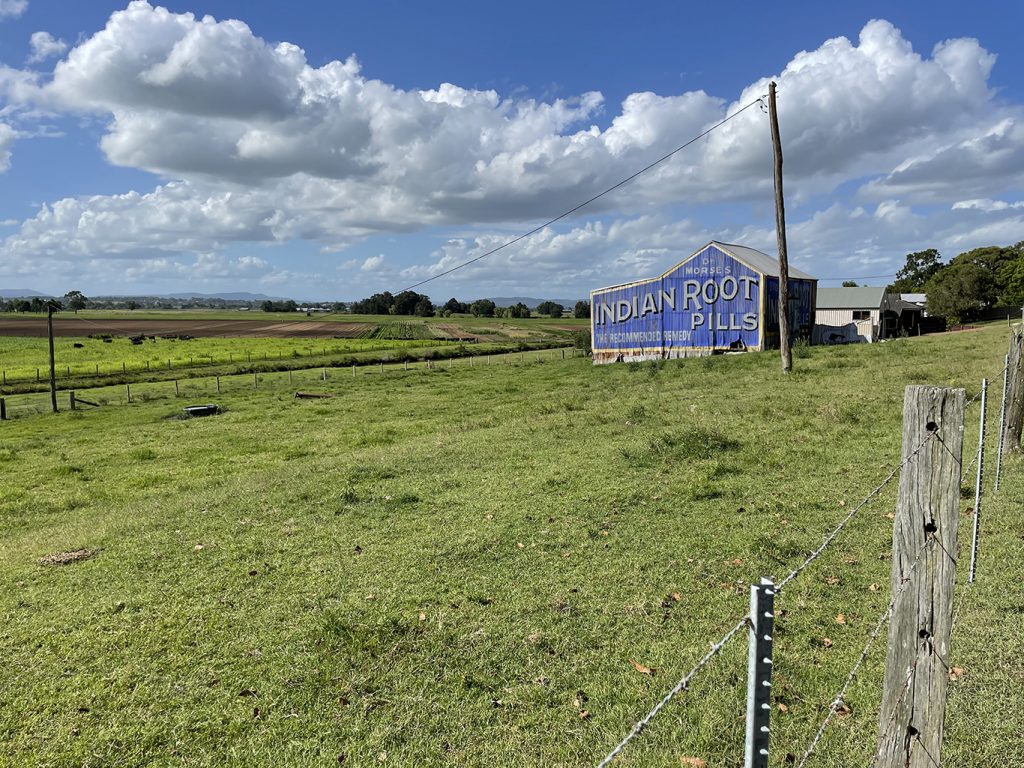
On the Morpeth Road in Tenambit, between Maitland to Morpeth, is a fabulous sign of times gone by. Before billboards lined our roads, advertisements were painted on sides of buildings, sheds and fences on private property. This original advert for Dr. Morse’s Indian Root is on the side of an old farm shed. This building is a favourite with photographers in Maitland. The spectacular backdrop of farmland adding to the charm.
